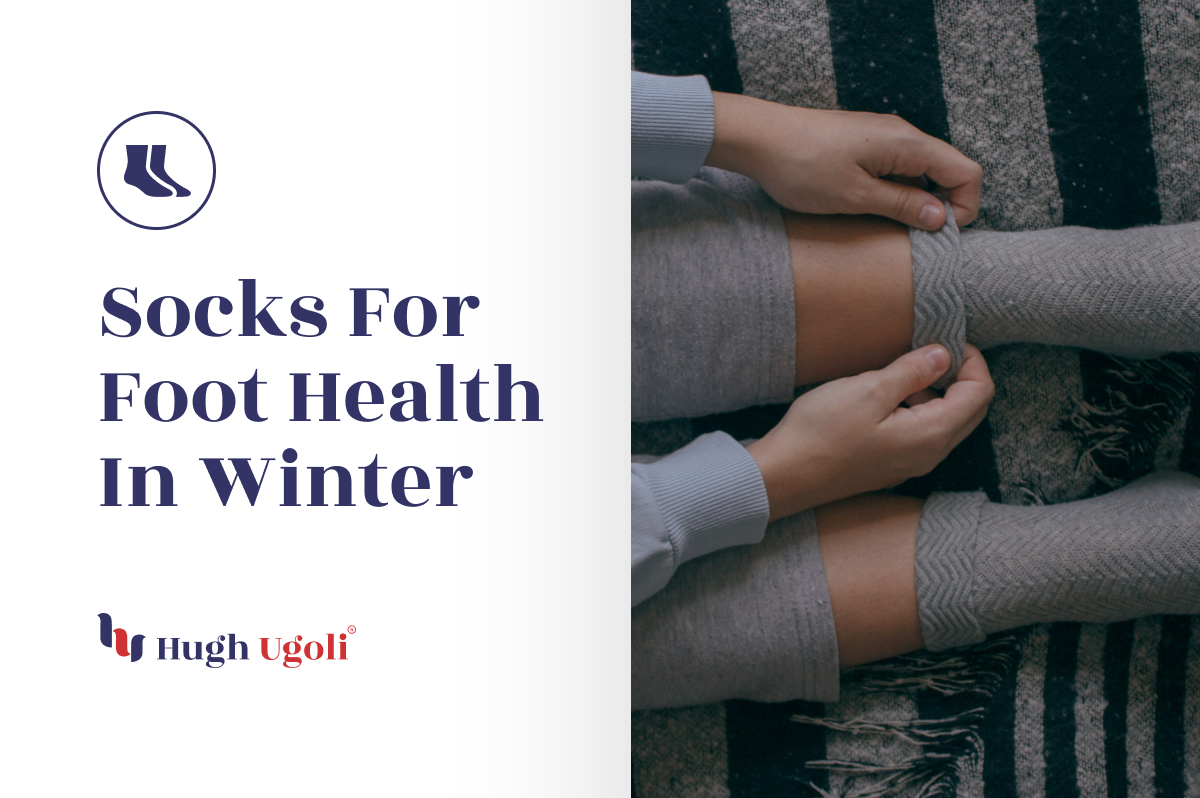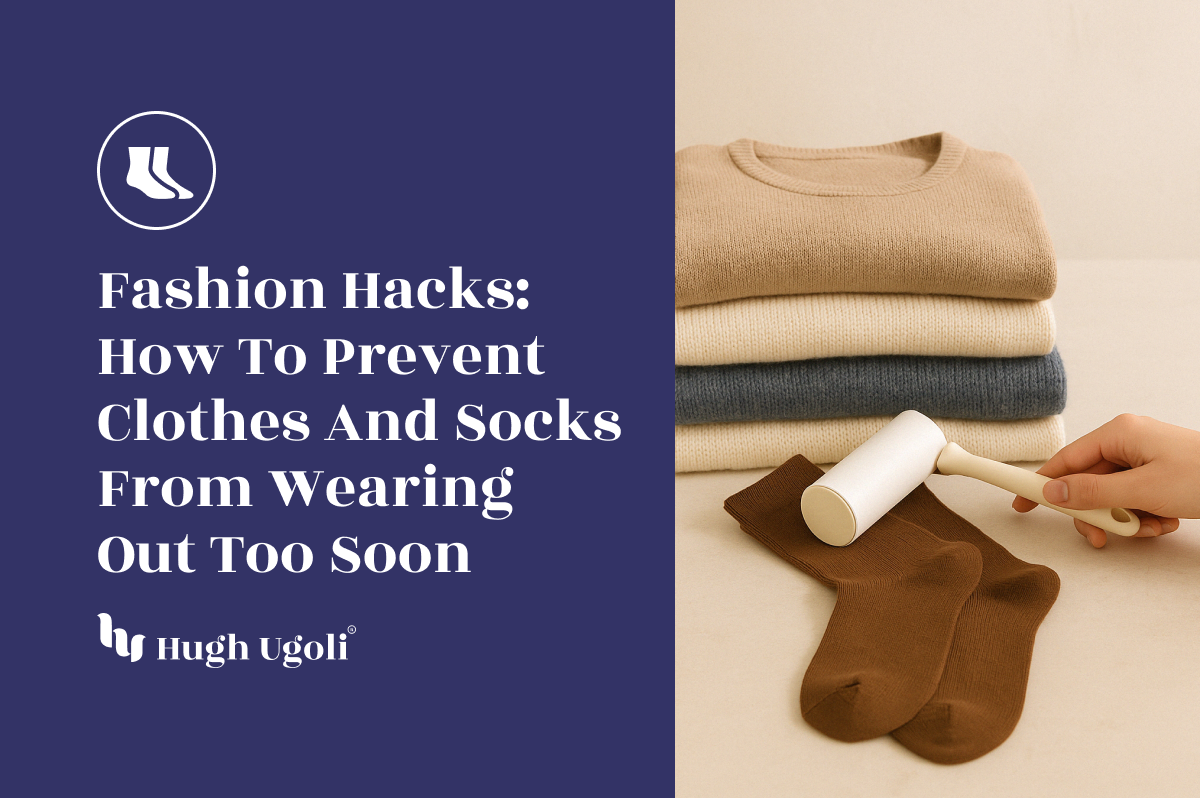As the winter months set in and temperatures drop, it’s crucial to keep your feet warm, dry, and comfortable. Wearing the right socks can prevent issues like poor circulation, fungal infections, and the discomfort of cold feet. Here’s how to choose socks for foot health in winter that offer both warmth and protection, while supporting overall foot health.
1. Choose Wool or Merino Wool for Natural Warmth
Wool socks are highly effective at keeping feet warm in winter. They provide natural insulation and retain warmth, making them perfect for cold weather. Merino wool, in particular, offers additional benefits like softness, moisture-wicking properties, and odor resistance, which makes it an excellent choice for foot health.
-
Temperature Regulation: Merino wool socks help maintain body temperature by keeping feet warm without overheating, providing comfort both indoors and out.
-
Moisture-Wicking: Wool is naturally moisture-wicking, which helps prevent fungal infections by keeping feet dry.

2. Opt for Thicker Socks with Extra Cushioning
During winter, thicker socks provide added insulation and padding, which keeps feet warm and offers protection. Cushioned socks with extra thickness are especially beneficial if you spend a lot of time outdoors or wear boots regularly.
-
Enhanced Comfort: Thicker socks help keep feet comfortable by reducing pressure points and preventing irritation from rubbing.
-
Improved Blood Flow: Socks with adequate padding promote healthy blood flow by preventing constriction, which is essential when vessels constrict in cold weather.
3. Moisture-Wicking Materials to Keep Feet Dry
Keeping feet dry in winter is vital, as moisture can make feet feel colder and lead to fungal infections. Synthetic materials like polyester or blends with moisture-wicking properties are often used in winter socks to draw sweat away from the skin, keeping feet dry and comfortable.
-
Prevent Fungal Infections: Moisture-wicking socks prevent dampness, reducing the risk of fungal infections and keeping feet dry and comfortable.
-
Ideal for Active Use: If you’re active or work outdoors, moisture-wicking materials keep sweat under control, preventing cold, damp feet.
4. Find the Right Fit to Support Foot Health
Socks that are too tight or too loose can cause circulation issues, discomfort, and even lead to blisters. Choosing socks that fit well is essential, especially in winter when maintaining warmth and foot health is critical.
-
Proper Sock Fit: Look for socks that fit snugly without compressing your feet. The right socks fit should feel comfortable around the toes and heel, with no bunching or sliding.
-
Avoid Constriction: Socks that are too tight may reduce blood flow in cold weather, so avoid overly tight styles to promote healthy circulation.
5. Consider Antimicrobial Properties for Added Protection
Some winter socks come with antimicrobial properties that help prevent odor and bacterial growth, which is especially useful if you wear your socks for long hours. This feature enhances hygiene and reduces the risk of infections during the winter months.
-
Odor Control: Antimicrobial socks help keep your feet fresh, especially when worn with boots.
-
Protects Skin Health: Reducing bacteria and odor also helps to maintain healthy skin, preventing irritation and infections.
6. Air Dry Your Socks to Maintain Their Quality
Caring for your winter socks is important to preserve their properties, especially if they’re made of wool or other natural fibers. Air drying your socks instead of using a dryer can help retain their shape, moisture-wicking abilities, and softness.
-
Preserve Fabric Quality: Air drying prevents shrinking and preserves the moisture-wicking properties of the fabric, ensuring long-term comfort.
-
Extend Sock Lifespan: This simple care step helps you get the most out of your winter socks, keeping them warm and effective for longer.
Conclusion: Keeping Feet Healthy and Warm in Winter
Choosing the right winter socks is essential for foot health in cold weather. From moisture-wicking merino wool to thicker, cushioned styles, the best winter socks keep your feet dry, comfortable, and warm. By focusing on materials, fit, and care, you can enjoy both warmth and health benefits during the colder months.
For more information on choosing the right winter socks, check out our blog on The Benefits of Wool Socks for Cold Weather, where we discuss why wool is a must-have material for winter warmth and comfort.
















